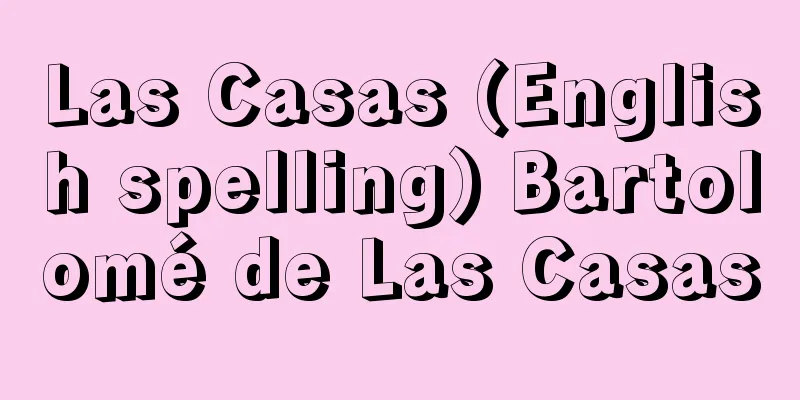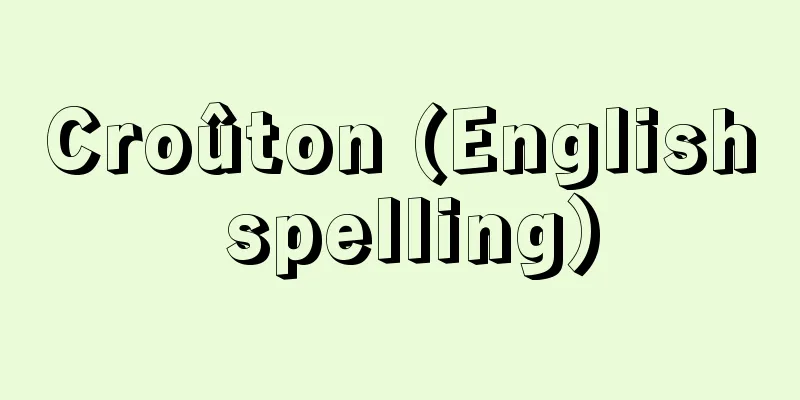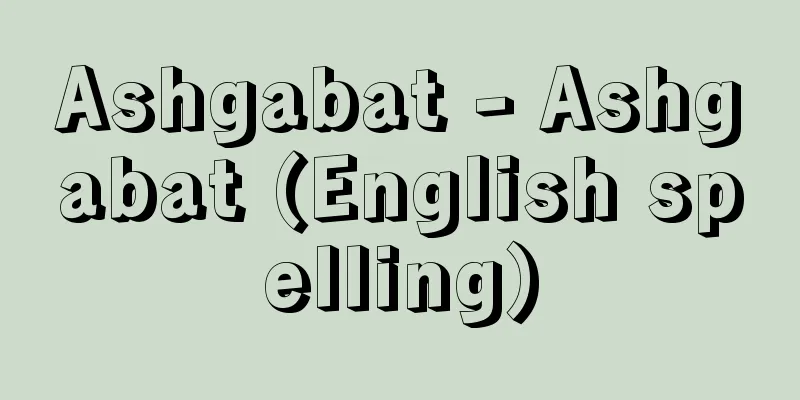Inmon hard pottery

|
…There is a distinction between unglazed earthenware, glazed earthenware, and primitive porcelain, and unglazed earthenware can be divided into soft and hard types. Hard earthenware, called Seal Hard Earthenware, is thought to have been made using kaolin clay and fired at 950-1050°C. Patterns include geometric designs such as diagonal grids, square grids, mesh, and basket weave, as well as cloud and thunder patterns and spiral designs found on Yin and Zhou bronzes. … *Some of the terminology used to refer to "Inmon Koto" is listed below. Source | Heibonsha World Encyclopedia 2nd Edition | Information |
|
…無釉土器,施釉土器,原始磁器の区別があり,無釉土器は軟質と硬質に分かれる。印文硬陶とよばれる硬質土器はカオリン土を用い,950~1050℃で焼成されたものと推定されている。文様は,斜格・方格・網目・籠目などの幾何学文のほか,殷周青銅器の雲雷文,渦巻文などを含む。… ※「印文硬陶」について言及している用語解説の一部を掲載しています。 出典|株式会社平凡社世界大百科事典 第2版について | 情報 |
Recommend
Special relatives - Special relatives
A person other than an heir who shared the same ho...
Malik (angel) (English spelling)
…The Qur'an makes direct and indirect referen...
Cherry blossom viewing in the tenement house
Rakugo. The Kamigata rakugo "Binbou Hanami&q...
Great Construction Officer - Oofushinyaku
...For vassals, it was a form of military service...
Chadwick, L.
…J. Epstein, originally a Russian Jew who came fr...
Fisheries research and guidance vessel - Gyogyouchousashidosen
…No new whaling ships have been built in recent y...
Audio equipment - Audio listening
The basis of audio is to enjoy listening to sound,...
Cordyline terminalis Kunth
An evergreen shrub of the Agavaceae family, cultiv...
Naval infantry - Kaigunhohei (English spelling) Morskaya Pekhota
The Soviet Marine Corps. Total strength: 15,000. O...
adage
...Other companies such as Momoko Tani Ballet Com...
Congenital dislocation of the hip joint
This refers to a condition in which the hip joint...
Rokugo [town] - Rokugo
A former town in Nishiyatsushiro County in the sou...
Faye, Jean-Pierre
Born July 19, 1925 in Paris. French novelist, poet...
Displacement current
A current that occurs based on the time change in ...
Alm (ranch) - Alm
...Forestry and lumbering industries developed. T...









